June 15, 2018
Noise pollution in offices is worsening and people are leaving jobs as a result
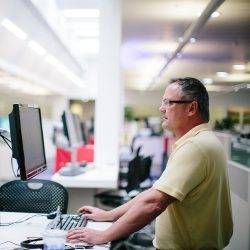 The majority of executives and employees report near-constant noise in their workplace and many say they lack quiet space for meetings or to focus, a new report from Oxford Economics, commissioned by Plantronics has claimed. According to the report, conditions are much worse now than three years ago when Oxford Economics conducted its first study. The report polled senior executives and non-manager employees in the UK and across the globe to learn more about productivity and collaboration as it relates to the open office. It found that open offices aren’t delivering on collaboration and productivity goals. Instead, employees are finding alternative ways to find quiet space and focus. In fact three quarters of employees say they need to take walks outside and 32 percent listen to headphones to focus and block out distraction, while employees in the noisiest office environments are more likely to say they’ll leave their job in the next six months.
The majority of executives and employees report near-constant noise in their workplace and many say they lack quiet space for meetings or to focus, a new report from Oxford Economics, commissioned by Plantronics has claimed. According to the report, conditions are much worse now than three years ago when Oxford Economics conducted its first study. The report polled senior executives and non-manager employees in the UK and across the globe to learn more about productivity and collaboration as it relates to the open office. It found that open offices aren’t delivering on collaboration and productivity goals. Instead, employees are finding alternative ways to find quiet space and focus. In fact three quarters of employees say they need to take walks outside and 32 percent listen to headphones to focus and block out distraction, while employees in the noisiest office environments are more likely to say they’ll leave their job in the next six months.

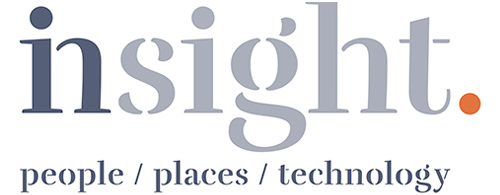
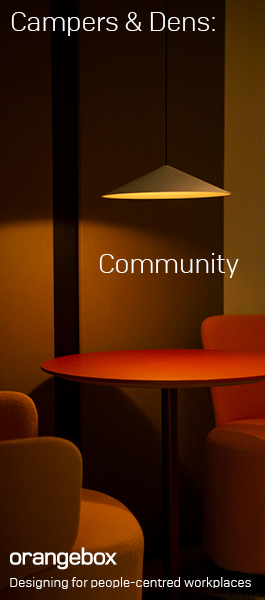
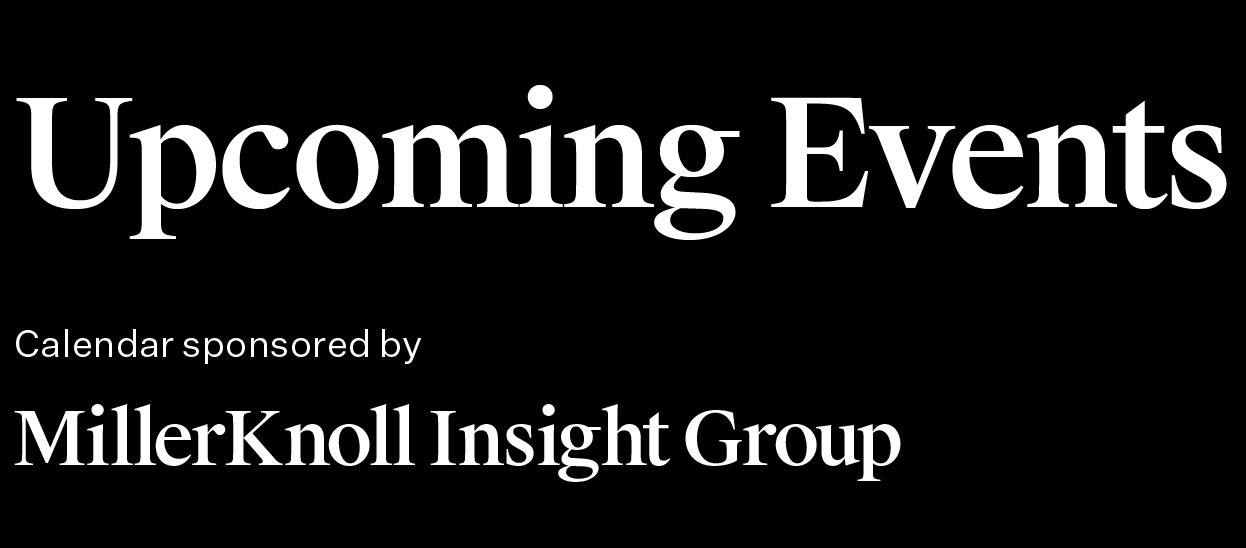
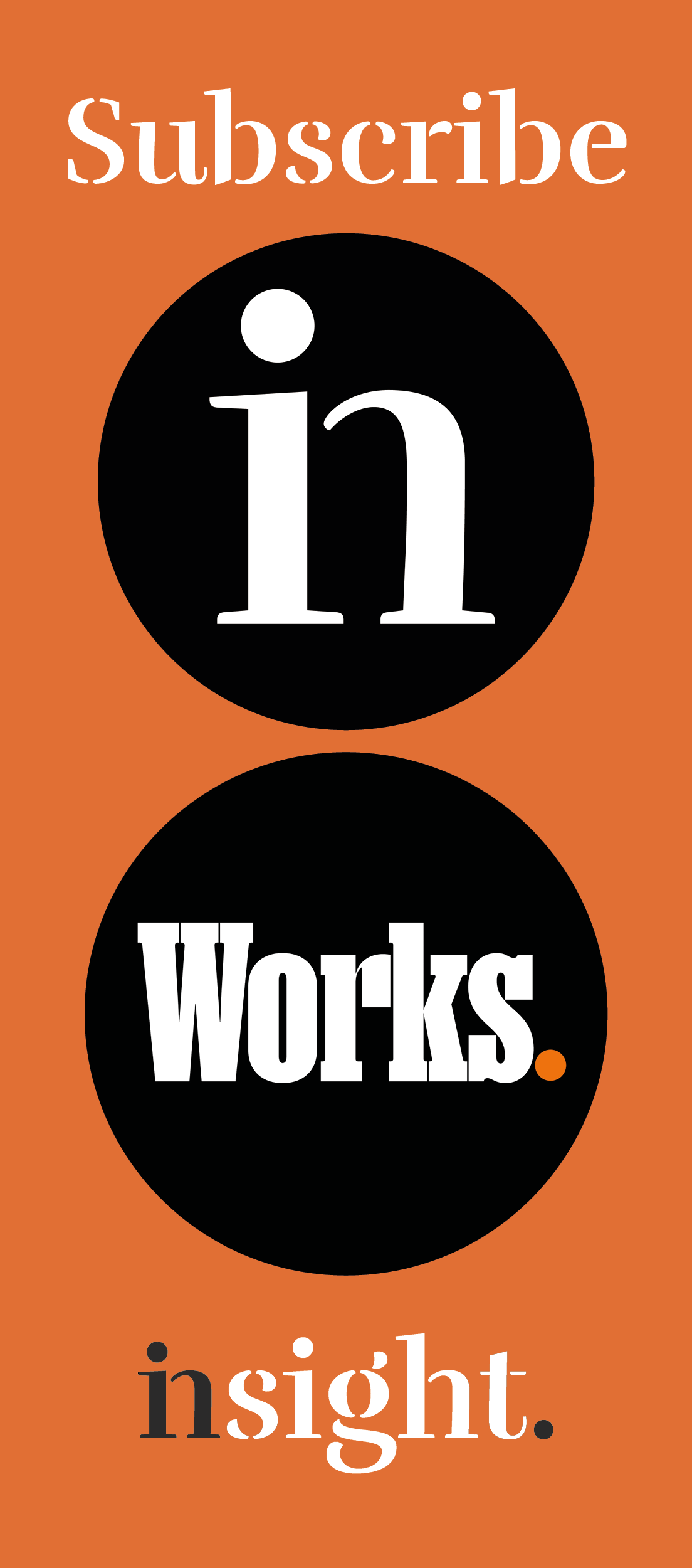
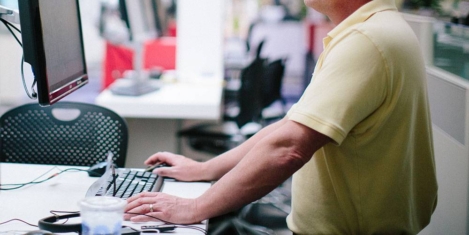


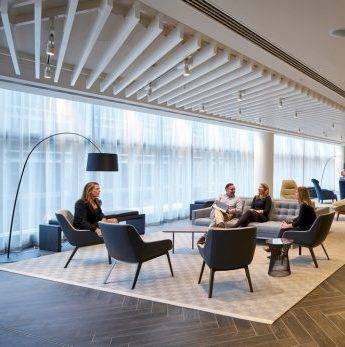
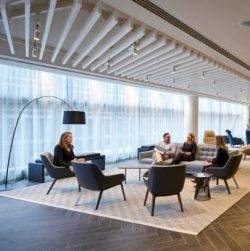 A major research study “
A major research study “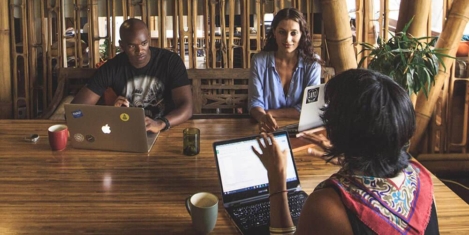
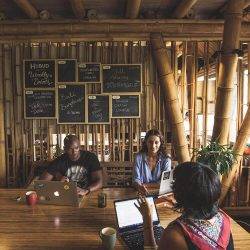


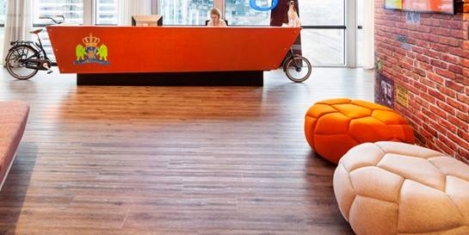
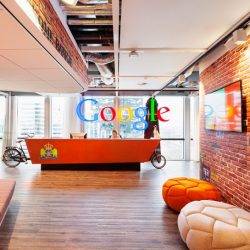
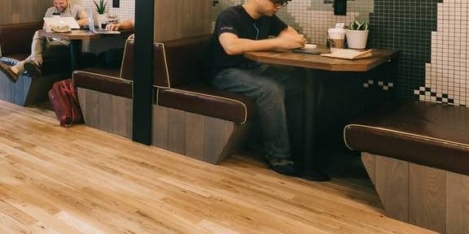
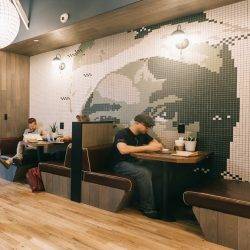




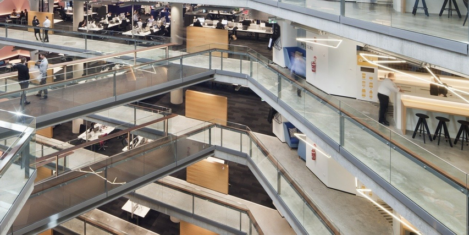
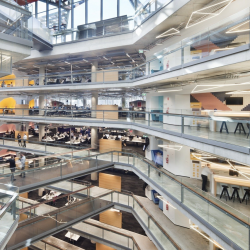
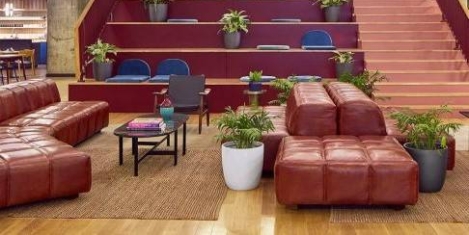
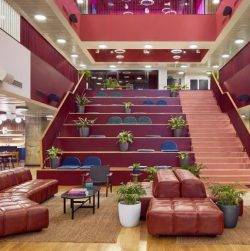
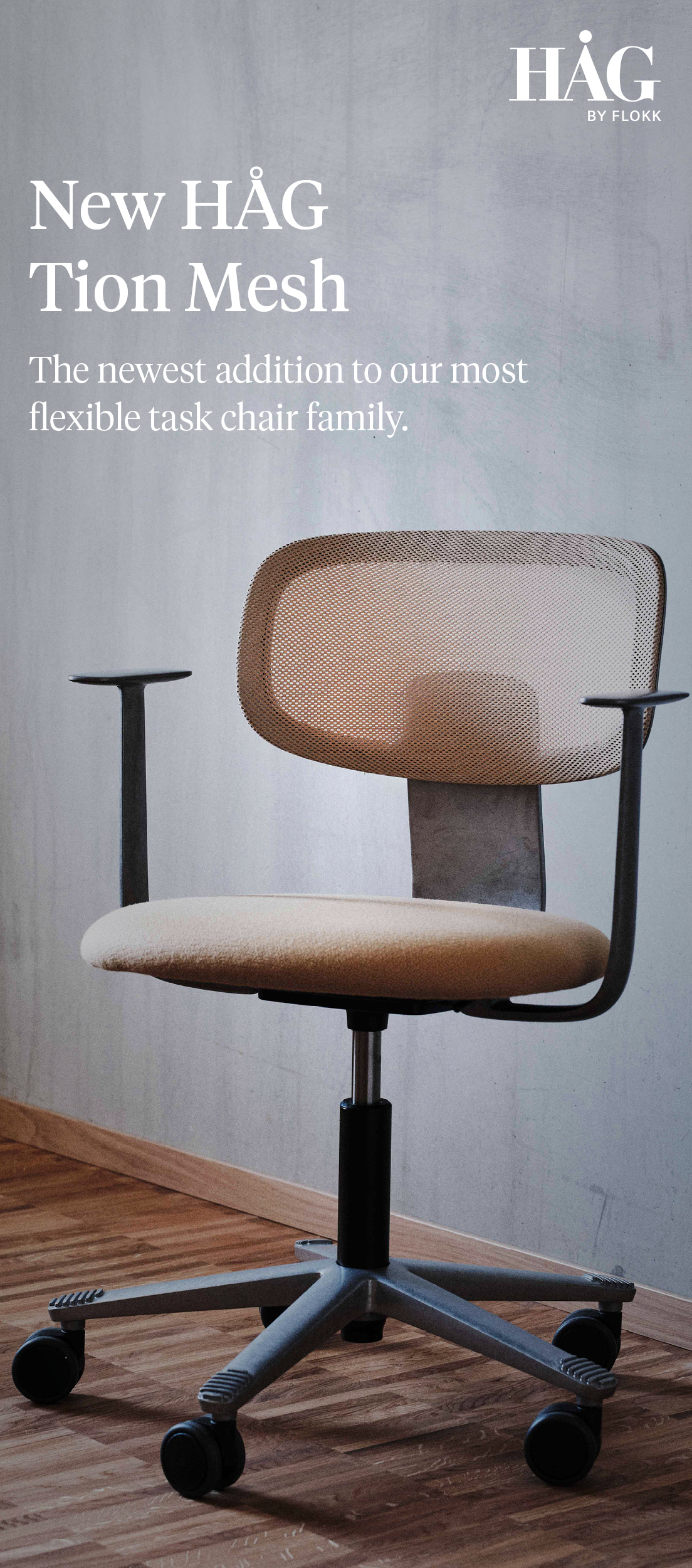
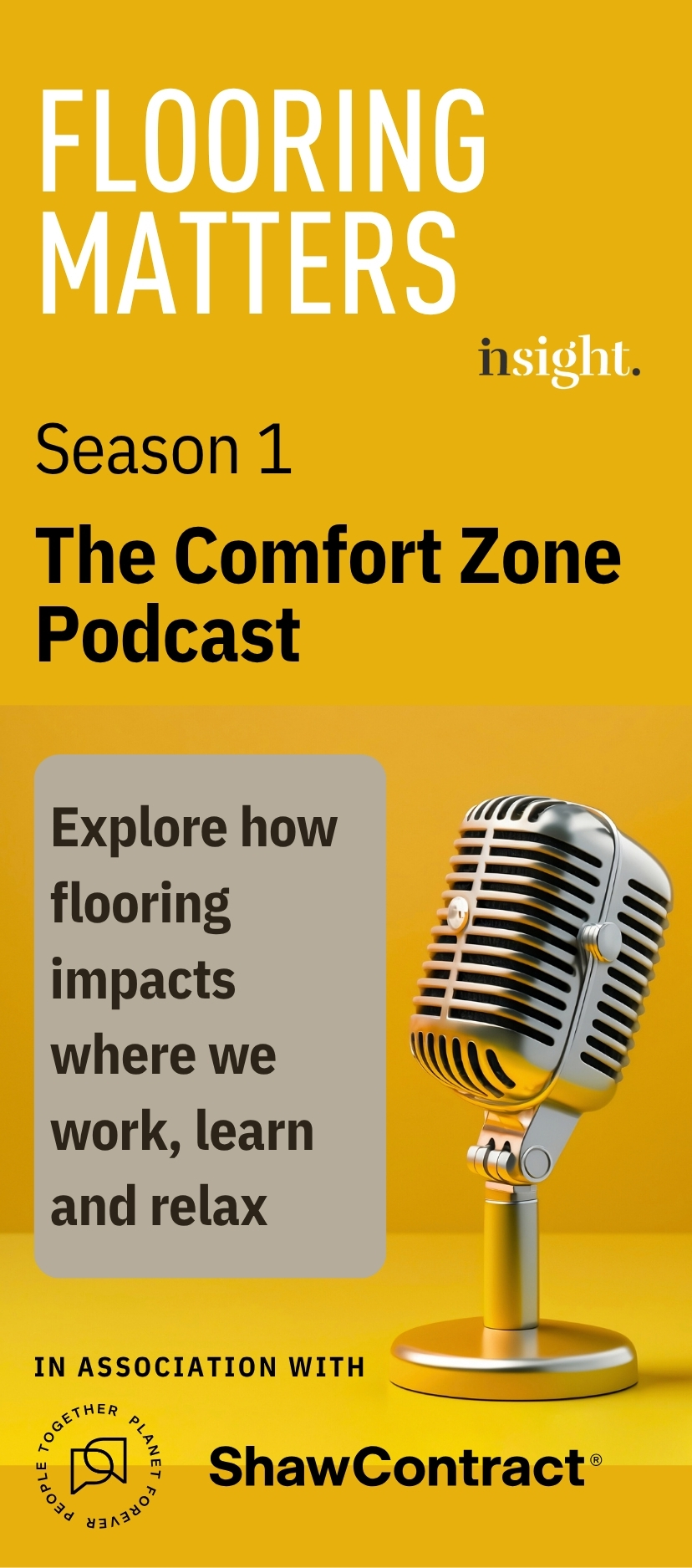
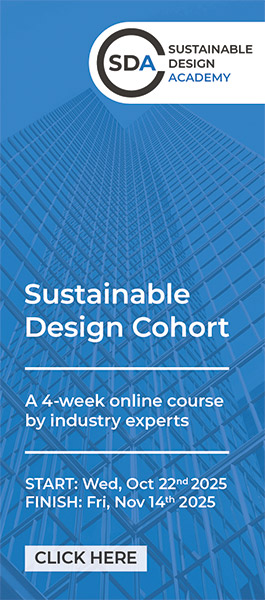



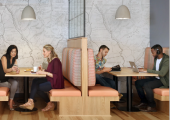


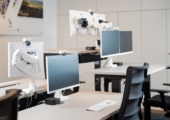
June 12, 2018
Keeping people at the heart of the modern workplace
by Ryan Anderson • Comment, Technology, Workplace design
(more…)